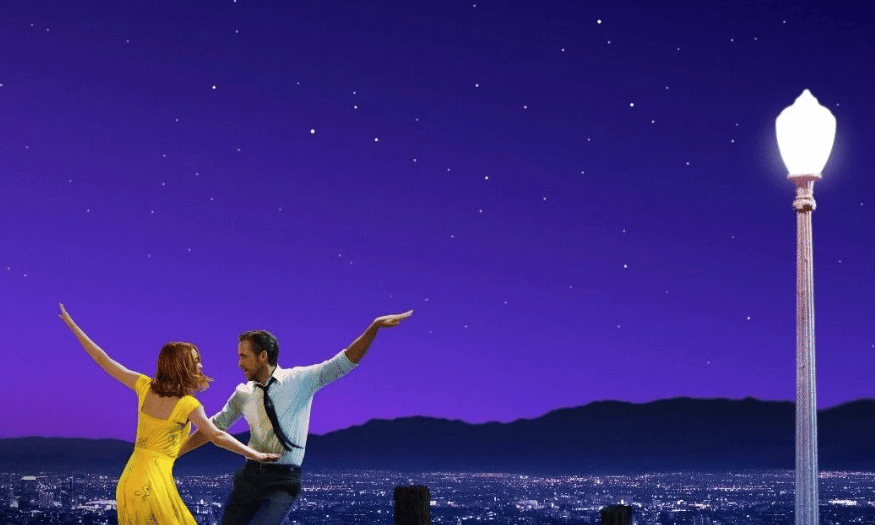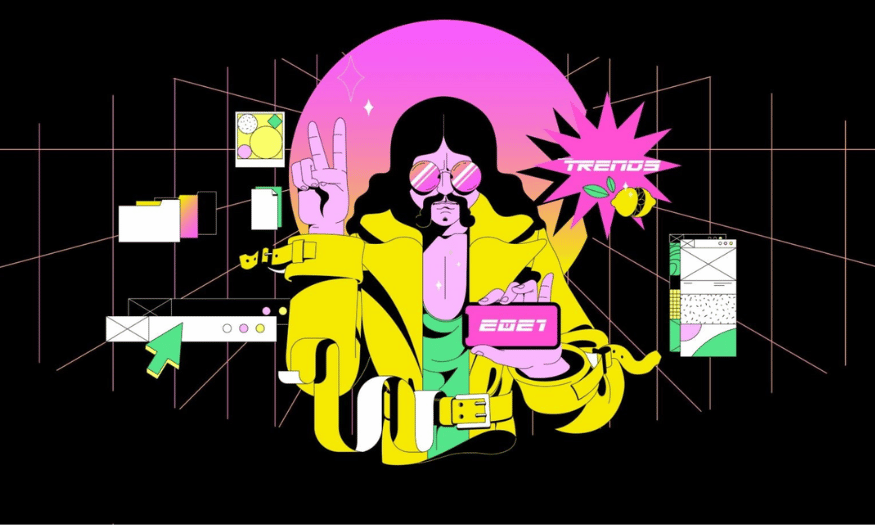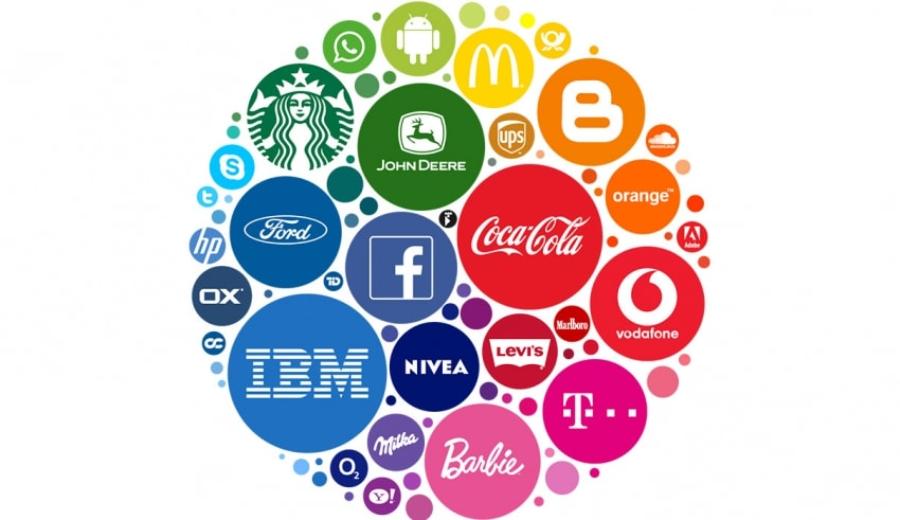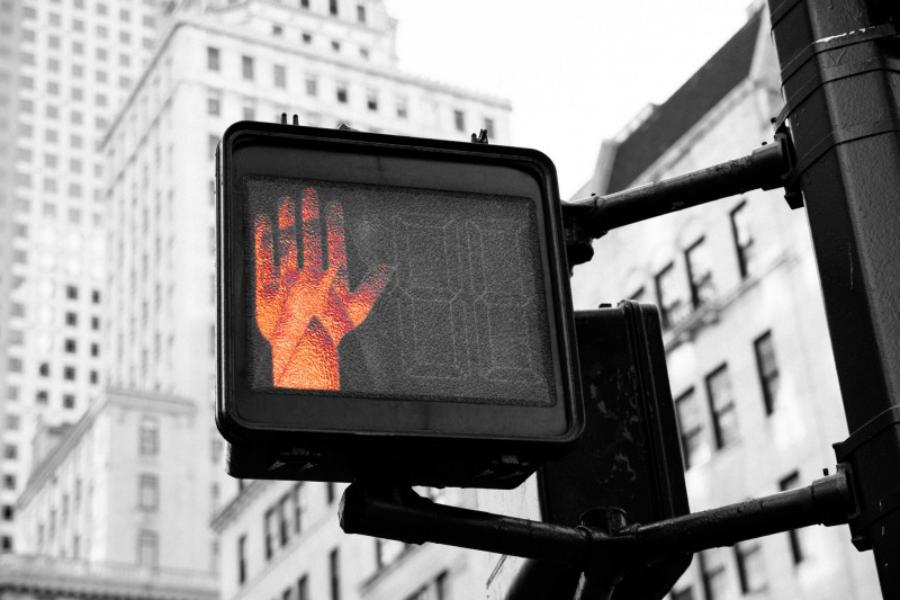Best Selling Products
Tips to Help You Improve Your Motion Design Skills
Nội dung
- 1. What is Motion Design?
- 2. Why is Motion Design important?
- 3. 8 Tips to help Designers improve their motion design skills
- 3.1 Clearly define the core message
- 3.2 Explore and learn from what is happening around you
- 3.3 Leverage the Power of Teams
- 3.4 Design for the whole system, not individual projects
- 3.5 Adjust motion to suit the context
- 3.6 Ensure that the movement can be deployed at scale
- 3.7 Avoid overuse of movement
- 3.8 Notes and systematization of instructions
- 4. Conclusion
In today's digital age, motion design has become an indispensable part of conveying messages and enhancing user experience. From promotional videos, animations to mobile applications, motion design skills not only help you stand out in the creative field but also open up many attractive career opportunities. However, to become an excellent motion designer, you need to practice and develop systematically. This article will provide you with useful tips to improve your motion design skills, from mastering the basic principles to applying the latest tools and technologies.
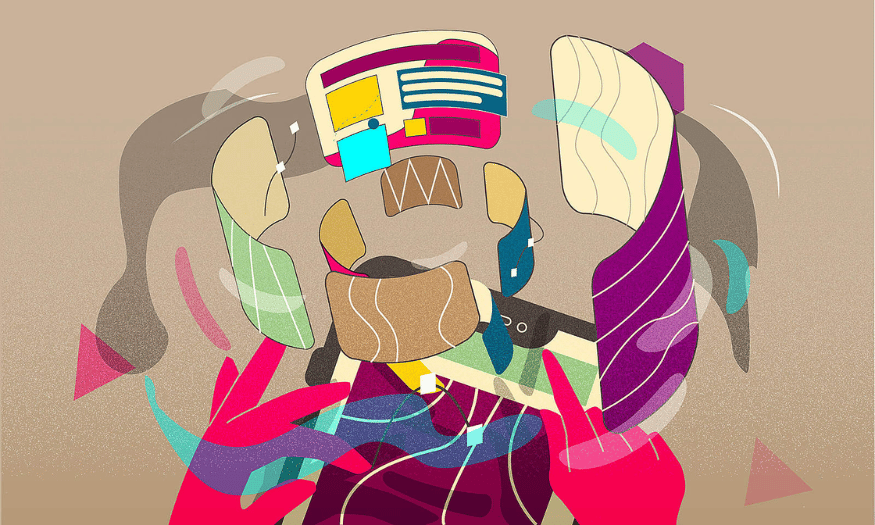
In today's digital age, motion design has become an indispensable part of conveying messages and enhancing user experience. From promotional videos, animations to mobile applications, motion design skills not only help you stand out in the creative field but also open up many attractive career opportunities. However, to become an excellent motion designer, you need to practice and develop systematically. This article will provide you with useful tips to improve your motion design skills, from mastering the basic principles to applying the latest tools and technologies.
1. What is Motion Design?
Motion design is the art of bringing graphic elements to life, transforming static images into exciting and engaging experiences. According to Misha Sundukovskiy, Creative Director of Video at Webflow, motion design is “how you make non-real-life elements move in a video.” This can be as simple as the way a logo appears on screen, from fading in to moving from a certain angle. These effects are not just small details, but are a core part of capturing the viewer’s attention.
In addition to simple effects, motion design plays an important role in shaping the way we perceive information. For example, in interview videos, the banner displaying the speaker’s name is often not only static but also accompanied by motion effects, creating a more professional and attractive feel. Similarly, in instructional videos, the use of zoom effects helps viewers easily recognize important details, thereby improving their ability to remember and perform necessary operations.
Motion design is not just found in videos, it is everywhere in modern life. From website animations, social media posts to presentations, motion graphics are constantly evolving and becoming an integral part of how we communicate and deliver messages.
.png)
2. Why is Motion Design important?
In today’s digital world, motion design is not just an aesthetic element but also a powerful tool to enhance the user experience. When you look closely, you will notice motion everywhere, from buttons that respond instantly to smooth scrolling effects when turning pages. These elements not only create appeal but also make it easier for users to interact with the product.
However, to be effective, motion needs to be designed with intention. This means that each effect must not only be visually appealing, but also valuable in educating and engaging the user. A carefully tailored effect can help direct attention to important information and make actions more intuitive, resulting in a seamless and natural feel when used.
Motion design also plays an important role in branding. Motion can convey emotion and brand personality more effectively than static images. A logo with a gentle sliding effect can create a sense of sophistication, while a playful, jiggling icon can convey youthfulness and dynamism. According to Patrick Szot, Senior Brand Designer at Webflow, motion not only helps convey a message, but also makes a brand feel more human and approachable.
3. 8 Tips to help Designers improve their motion design skills
3.1 Clearly define the core message
In motion design, defining the core message is the first and most important step. According to Misha Sundukovskiy, the core message is not only the foundation for all creative decisions, but also accounts for 80% of the motion design development process. An effect may look beautiful, but if it is not associated with a clear message, it will lack the power to convey the message you want.
Start by asking yourself some essential questions: What story do you want your animation to tell? What is the primary purpose of this animation—to guide the user, create a focal point, or evoke emotion? What do you want your audience to feel when they interact with your design? And finally, how does this animation help your brand express its identity? These questions will help you gain insight into how you can use animation strategically, ensuring that each animation not only engages but also enhances the user experience and reinforces your brand.
.png)
3.2 Explore and learn from what is happening around you
One of the most effective ways to develop your motion design skills is to observe and find inspiration in the world around you. During our research at Webflow, the creative team regularly asks questions like, “What are other companies doing?” or “How are designers I admire using motion design?” Studying trends and methods from those who have gone before you not only broadens your thinking, but also provides valuable ideas that can help you explore new directions for your designs.
A mood board is a great way to organize your inspiration. You can pull together images, motion styles, and design techniques from a variety of sources to create a visual overview of what works for your brand. As you experiment and refine, you’ll find a balance between current trends and your own identity, developing a unique motion style that truly reflects your brand’s values.
3.3 Leverage the Power of Teams
Motion design is not a one-man show, but rather a collaborative effort between multiple team members. Creating smooth, purposeful motion effects requires close collaboration between professionals. At Webflow, motion design development is a team effort, with team members working together and collaborating with agencies to ensure consistency and design quality.
Szot emphasizes that teamwork is essential: “It’s not a one-man show; it’s a collective effort.” Discussing and getting feedback from colleagues helps teams quickly identify areas for refinement, test different options, and find the best solution. By bringing multiple perspectives together, you not only improve the quality of your design, but you also foster creativity, open up new directions for motion design, and help it become an integral part of your brand story.
.png)
3.4 Design for the whole system, not individual projects
Motion design should not be approached as a standalone project, but rather as a unified system that ensures consistency in brand identity. Each design project may bring new creative elements, but without a common guideline, the brand will lose its consistency, making the user experience disjointed and confusing.
According to Misha Sundukovskiy, the process of developing motion design begins not with a single element but with a holistic approach. The design team needs to identify key touchpoints—elements that will appear repeatedly and have a major impact on how the brand is perceived. To ensure that these motion elements create a harmonious whole, designers need to constantly ask, “Do these motion elements, when put together, reflect the spirit of the brand?” This is a systematic approach that ensures that each motion serves a clear and positive purpose for the brand.
It is essential to conduct a comprehensive assessment before embarking on motion design. This not only helps to systematize design principles, but also ensures that each movement is executed consciously and with purpose. A coherent motion design system helps brands maintain consistency and longevity across all platforms and customer touchpoints. When consumers recognize a brand through consistent motion, they feel more familiar and trustworthy.
3.5 Adjust motion to suit the context
Each animation effect needs to be designed to match the scale and importance of the content it represents. The design team should always consider the impact of the animation to create the right effect for each context. This not only creates a logical highlight but also helps maintain consistency in the brand experience.
Szot shares that when introducing a big event—like a new feature launch—an animation can be more cinematic, powerful, and dramatic to capture attention and create a sense of significance. Conversely, with smaller interface elements like buttons or icons, the animation should be designed to be subtle and natural, avoiding distracting the user. This balance is important in creating a seamless and pleasant user experience.
Adapting motion to context not only makes design elements engaging, but also reflects the essence and values of the brand. A good motion design system is one that can adapt flexibly, bringing a sense of life when needed without losing the overall elegance and harmony. This is especially important in the modern digital environment where users are constantly interacting with different types of content.
3.6 Ensure that the movement can be deployed at scale
A striking animation effect can grab attention, but if it is too complex and time-consuming to implement, it can put a strain on the design and production process. More artistic styles of animation can require more fine-tuning, slow down progress, or be difficult to implement consistently across the entire system.
Before you invest in a complex effect, ask yourself, “Is it worth the extra effort?” Assessing the feasibility of implementation should not only be based on how impressive the effect is, but also consider the short- and long-term growth trajectory of the brand. An effect can be beautiful, but if it cannot be effectively deployed at scale, it becomes a burden rather than a value.
An effective motion design system should be scalable, easily applied across multiple platforms, while maintaining consistency and quality. This allows the design team to maintain flexibility in adjusting and improving without sacrificing aesthetics and user experience. When the design can be implemented easily and effectively, the team can focus on developing more creative content, thereby enhancing brand value in a sustainable way.
.png)
3.7 Avoid overuse of movement
Motion in design can be a powerful tool for increasing engagement and guiding users, but when used incorrectly, it can have the opposite effect. Overusing motion can distract users and detract from their overall experience. Instead of adding effects just because they look cool, always go back to the core questions: What is the main goal of this motion? What story is it telling? Is it really necessary to improve the user experience?
Misha Sundukovskiy emphasizes that “like any creative field, motion design requires discipline.” Creating complex effects is not the end goal; it is more important that each movement is meaningful and supports the content rather than creating unnecessary clutter. Effective motion design is one in which each movement is carefully calculated, has a clear purpose, and helps users easily access information.
Patrick Szot agrees, noting that “subtle, controlled motion is key.” A small, well-designed effect can feel natural, guiding users gently without distracting them. Instead of using a lot of flashy effects, focus on creating smooth motion that makes it easy for users to interact with the interface.
3.8 Notes and systematization of instructions
Documenting and systematizing design guidelines is an important part of maintaining consistency in motion design. A clear documentation system not only ensures that design elements are applied consistently, but also supports the team, especially new members, when they need to apply motion design to their work. When principles are standardized and communicated clearly, the implementation process becomes faster and more efficient, while avoiding unwanted deviations.
To maintain an organized motion design system, it is necessary to store and organize all important assets from templates, fonts, original design files to pre-rendered assets. These assets need to be presented in an intuitive, accessible way so that anyone on the team can quickly look up, use, or build on the assets available. This not only saves time, but also ensures that all design products always adhere to brand standards.
Additionally, documenting and systematizing guidelines also improves training for new team members. When they can refer to clear documents, it is easier for them to grasp the brand’s design style and apply it to specific projects. This system not only creates an efficient working environment but also contributes to building a strong creative culture within the organization.
.png)
4. Conclusion
Choosing the right software is important to improve your motion design skills. Tools like Photoshop, After Effects, and Adobe Illustrator provide a solid foundation for designers.
Sadesign offers powerful software that integrates artificial intelligence (AI) technology to automate many aspects of the design process. This saves designers time and energy, allowing them to focus on creativity and content development. With the ability to create smooth and sophisticated animations, Sadesign is an ideal choice for those who want to improve the quality of their products.









































